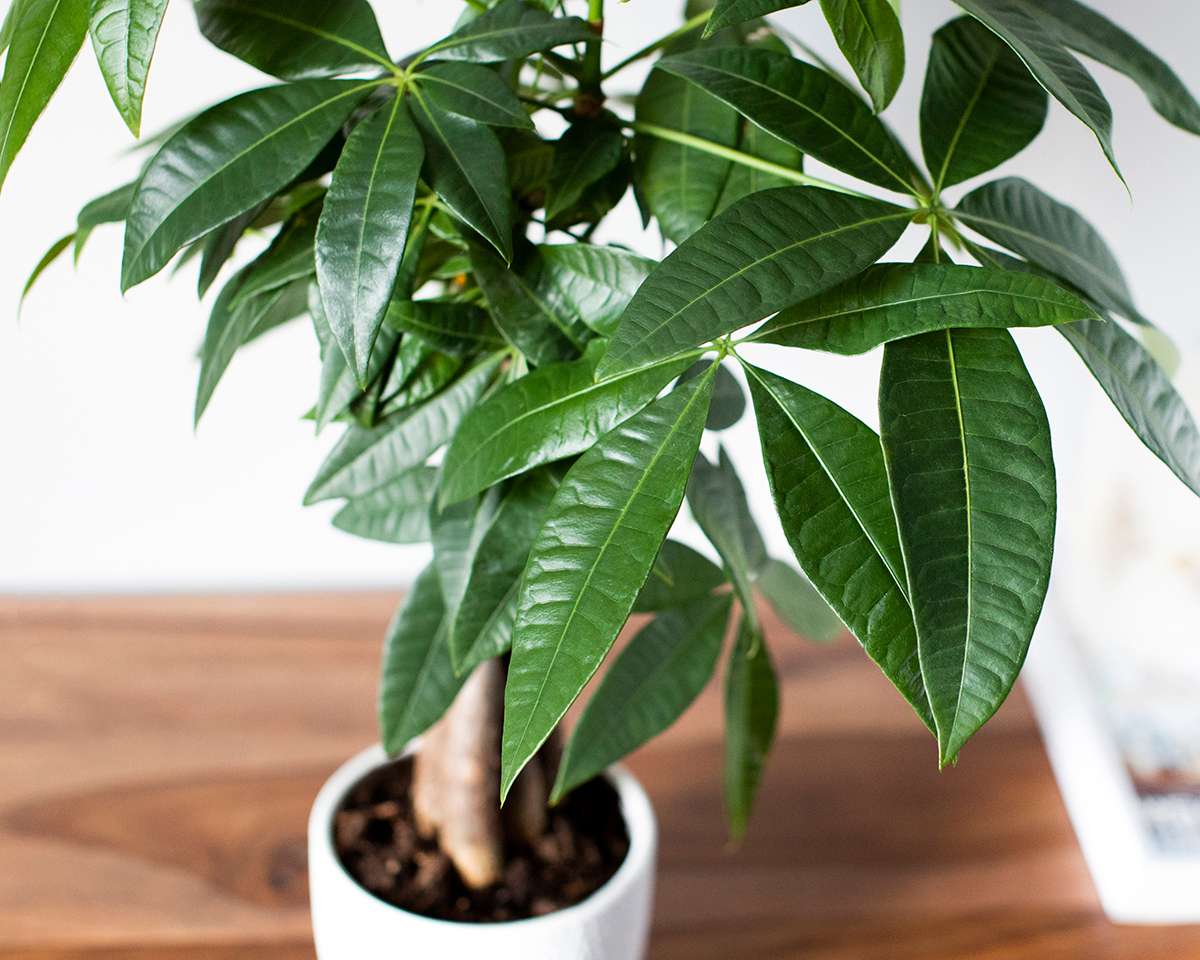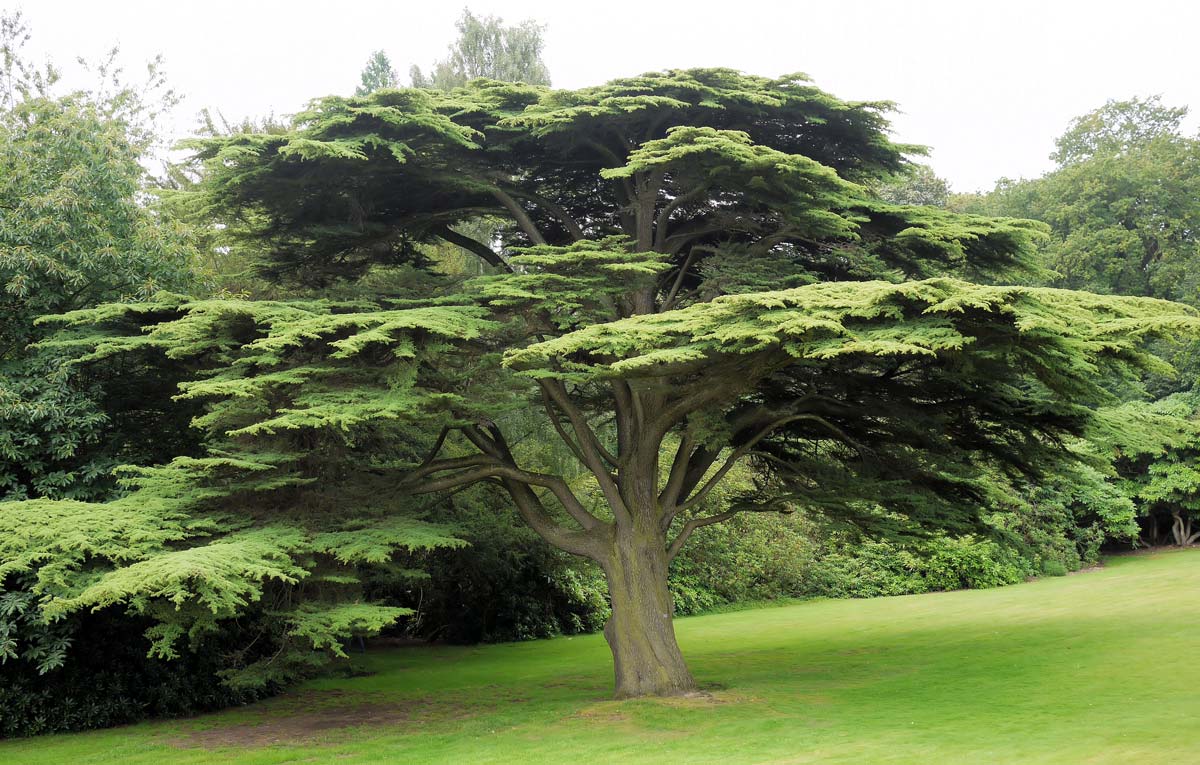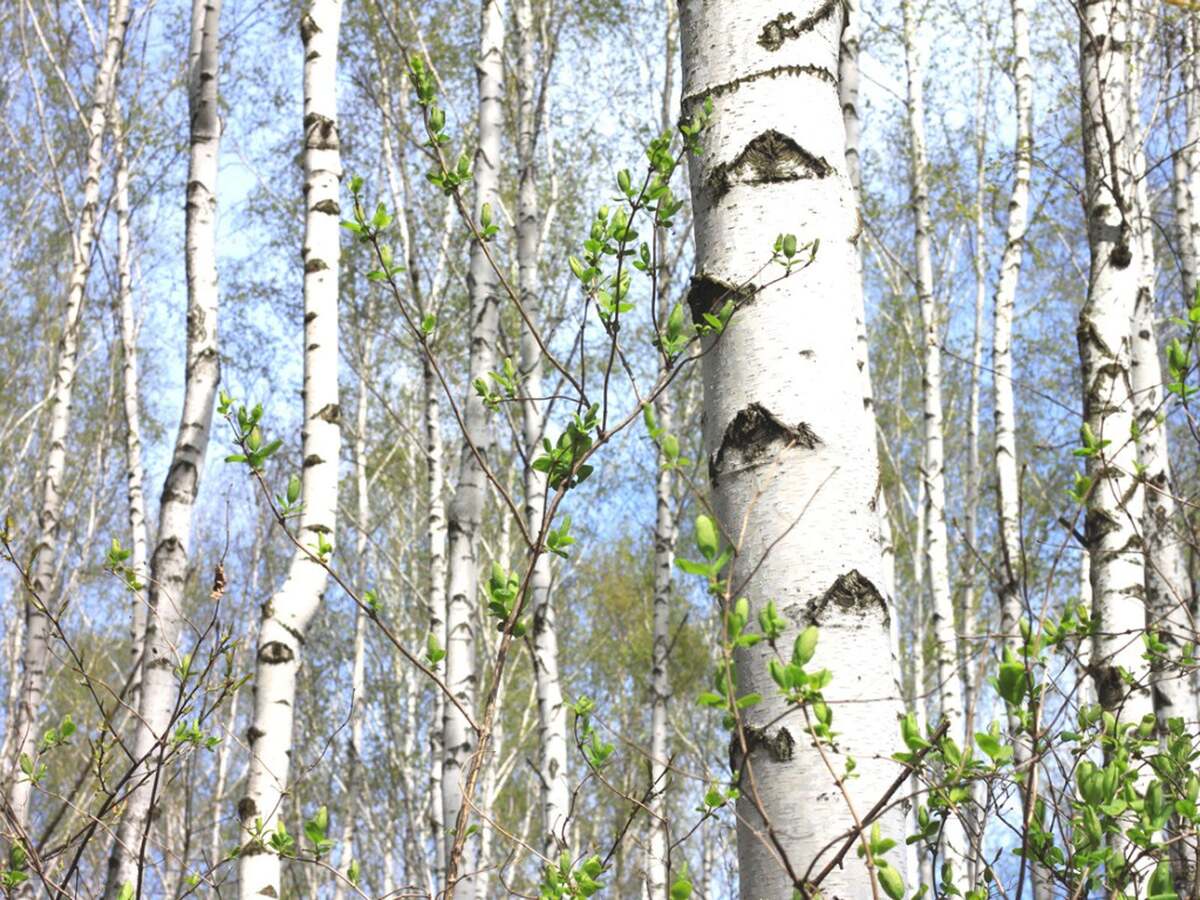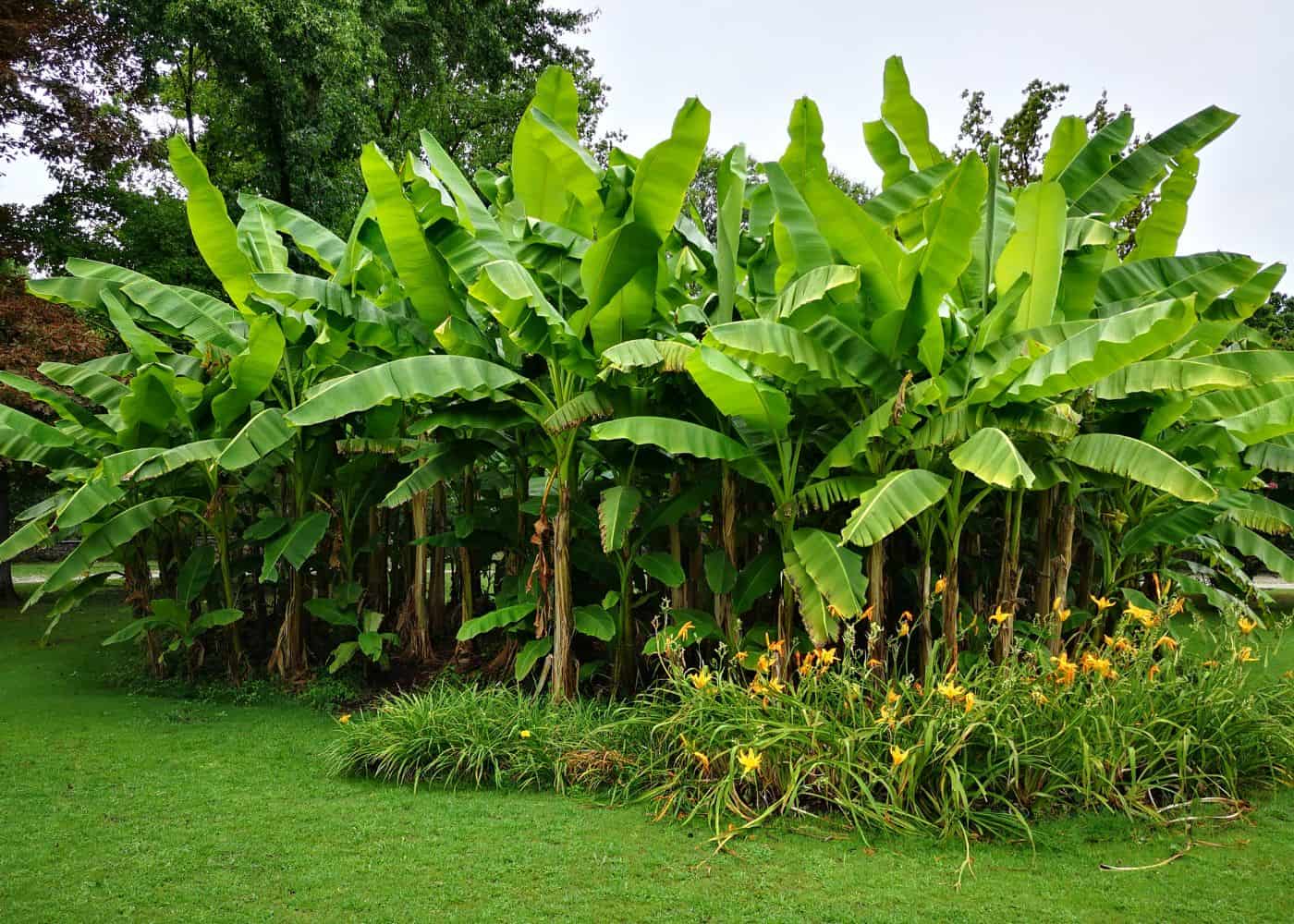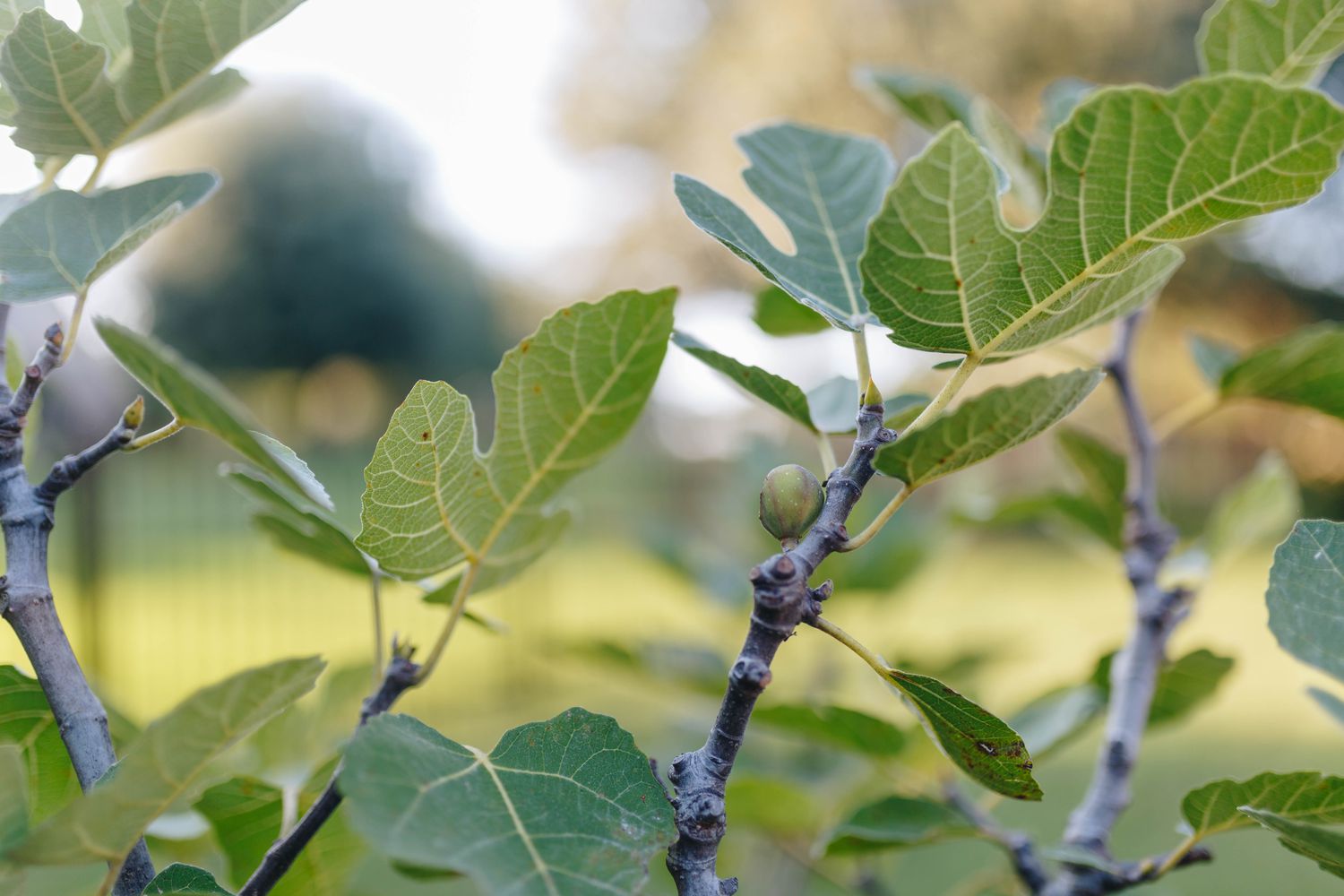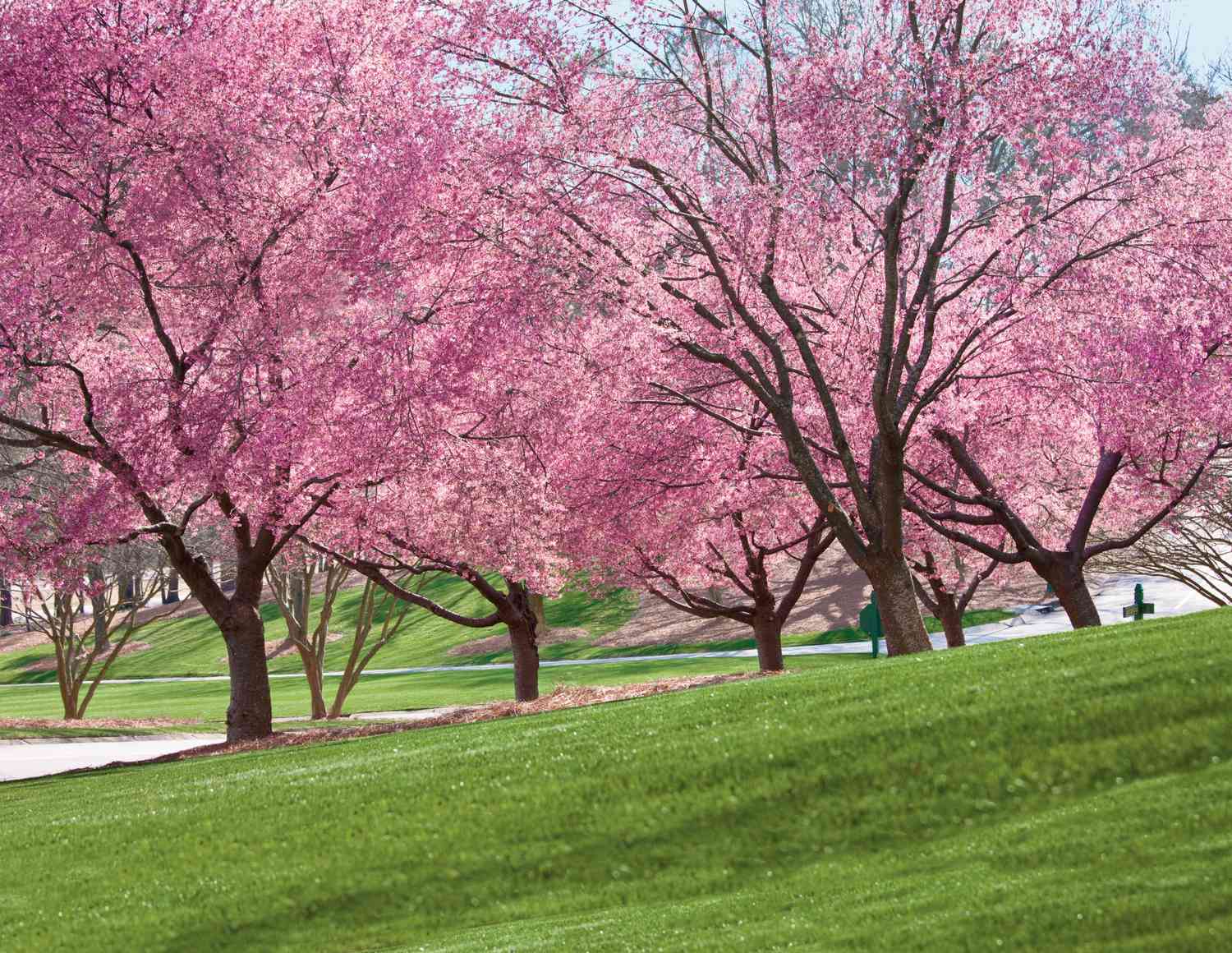Home>Gardening Techniques>Plant Care>How Tall Do Money Trees Get
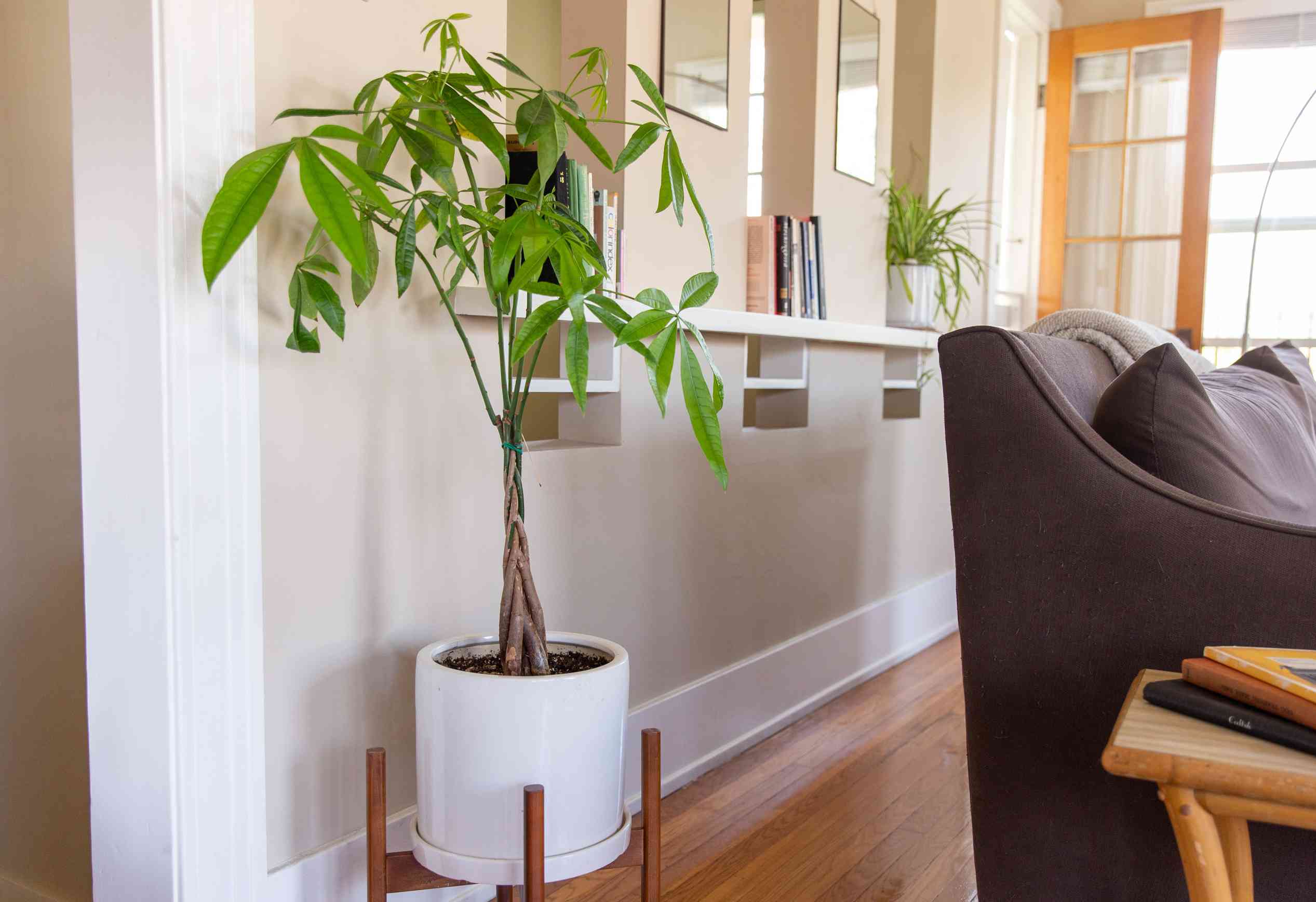

Plant Care
How Tall Do Money Trees Get
Published: October 29, 2023
Learn about the optimal plant care for money trees and discover how tall these indoor plants can grow. Expert tips and advice to keep your money tree thriving.
(Many of the links in this article redirect to a specific reviewed product. Your purchase of these products through affiliate links helps to generate commission for Chicagolandgardening.com, at no extra cost. Learn more)
Table of Contents
Introduction
Welcome to the world of money trees! If you’re a plant enthusiast or a beginner looking to add some greenery to your home or office, you’ve likely come across the popular money tree plant. Known for its vibrant green leaves and unique braided trunk, the money tree (Pachira aquatica) is not only a visually appealing plant but also a symbol of luck and prosperity in many cultures.
One question that often arises when considering a money tree is, “How tall do they actually get?” This article will delve into the height range of money trees, the factors that influence their growth, and how to care for them to maintain an optimal height.
Money trees can reach varying heights, typically ranging from 6 to 8 feet tall when mature. However, it’s important to note that there are factors that can influence their height, including environmental conditions, care practices, and genetics.
Understanding the factors that affect money tree growth and ways to manage their height will help you create a favorable environment for your plant and ensure its health and vitality. So, let’s dig deeper into the height potential of money trees and how you can achieve the desired height for your own plant.
Height Range of Money Trees
Money trees have a moderate growth rate and can reach a height of approximately 6 to 8 feet when fully mature. This height range is an average estimation and can vary depending on various factors.
When you bring home a small money tree, it usually stands between 4 to 6 inches tall. As it grows and matures, you can expect it to develop a sturdy trunk and multiple branches, which contribute to its overall height.
The growth rate of money trees can differ depending on the care they receive and the environmental conditions they are exposed to. In optimal conditions, a money tree can grow around 6 inches per year. However, growth can be slower if the plant is not getting enough light, nutrients, or proper care.
It’s important to note that some money tree cultivars, like the dwarf money tree or the red edge money tree, may have slightly different height ranges compared to the traditional Pachira aquatica species. Dwarf varieties generally stay smaller, ranging from 4 to 6 feet in height, making them a suitable choice for those with limited space.
The height of a money tree is not the only factor to consider when judging its overall beauty and appeal. The foliage of the plant, consisting of glossy, palmate leaves, adds fullness and enhances the aesthetic appeal, contributing to the overall visual impact of the plant.
Understanding the natural height range of money trees will help you plan for their placement in your home or office, ensuring they have sufficient space to grow and thrive. But what factors impact the growth and height of money trees? Let’s explore them in the next section.
Factors Affecting Money Tree Height
Several factors influence the height and growth of money trees. Understanding these factors will allow you to create optimal conditions for your plant’s development and ensure it reaches its full height potential.
1. Light: Money trees are natural lovers of bright, indirect light. Insufficient light can result in stunted growth and a smaller ultimate height. Place your money tree near a window where it can receive bright, filtered light for at least a few hours a day.
2. Temperature: Money trees thrive in temperatures between 65-75°F (18-24°C). Extreme temperature fluctuations, especially cold drafts, can negatively impact their growth and slow down their height progression.
3. Humidity: Money trees prefer moderate to high humidity levels. Investing in a humidifier or placing the plant on a pebble tray filled with water can create the ideal moisture levels for optimal growth.
4. Watering: Overwatering or underwatering can harm a money tree’s growth. It’s important to maintain a regular watering schedule, allowing the soil to dry out slightly between waterings. However, avoid letting the soil become bone dry, as this can lead to leaf drop and hinder growth.
5. Soil and Fertilizer: Use a well-draining, rich potting mix for your money tree. Regularly fertilize it during the growing seasons (spring and summer) with a balanced, water-soluble fertilizer to provide essential nutrients for healthy growth.
6. Container Size: The size of the container can also influence the height of a money tree. While it’s important not to choose a pot that is too small and restricts root growth, an excessively large container can result in excessive moisture retention, leading to root rot and hindered growth.
7. Genetics: The genetic makeup of each money tree plays a role in its ultimate height potential. Some trees may naturally have a more compact growth habit, while others may have genetics that allow for greater vertical growth.
By providing the appropriate lighting, temperature, humidity, watering, soil, and fertilization, you are giving your money tree the best chance to reach its full height potential. In the next section, we will explore how to maintain and control the height of a money tree through pruning and other methods.
Optimal Conditions for Money Tree Growth
Creating optimal conditions for your money tree is essential to ensure its healthy growth and development. By providing the right environment, you can help your plant reach its maximum height potential and maintain its overall vitality and beauty.
1. Light: Money trees thrive in bright, indirect light. Place your plant near a window that receives filtered sunlight. Avoid exposing it to direct sunlight, as it can scorch the leaves. If natural light is insufficient, you can supplement with artificial grow lights.
2. Temperature: Money trees prefer temperatures between 65-75°F (18-24°C). Keep your plant away from cold drafts, air conditioning vents, or heaters that can create temperature fluctuations. Steady room temperature is ideal for optimal growth.
3. Humidity: Money trees appreciate moderate to high humidity levels. You can increase humidity by using a humidifier or placing the plant on a tray filled with water and pebbles. Mist the leaves occasionally to provide additional moisture.
4. Watering: Water your money tree thoroughly when the top inch of soil feels dry to the touch. Ensure that excess water can drain away by using a pot with drainage holes. Avoid overwatering, as it can lead to root rot, and underwatering can cause the leaves to dry out and stunt growth.
5. Soil and Fertilizer: Use a well-draining potting mix formulated for indoor plants. A mixture of peat moss, perlite, and compost works well for money trees. Fertilize during the growing season (spring and summer) with a balanced, water-soluble fertilizer to provide essential nutrients for healthy growth.
6. Pruning: Regular pruning helps maintain the shape and size of your money tree. Trim away any dead, yellowing, or leggy branches to encourage new growth. Pruning can also help control the height of the plant by cutting back taller stems.
7. Spacing: Money trees need sufficient space for their roots to grow and spread. Make sure to choose a pot that allows for proper root growth, but avoid using a container that is excessively large, as it can lead to overwatering and hindered growth.
By providing the optimal conditions for your money tree’s growth, you will create an environment that promotes healthy development and a desirable height. However, if your money tree starts to become too tall for your liking, there are ways to prune and control its height, which we will explore in the next section.
Pruning and Controlling Money Tree Height
Pruning is an effective method for controlling the height of a money tree and maintaining its desired size and shape. By selectively removing branches and foliage, you can encourage a more compact and controlled growth pattern.
Here are some tips for pruning and controlling the height of your money tree:
1. Identify the right time: Pruning is best done during the spring or early summer when the plant is actively growing. Avoid pruning during the dormant period as it may hinder the plant’s recovery.
2. Start with clean tools: Use clean and sharp pruning shears or scissors to make clean cuts. Sterilize your tools with rubbing alcohol or a mixture of bleach and water to prevent the spread of diseases.
3. Remove any dead or damaged branches: Begin by inspecting the tree for any dead, diseased, or damaged branches. These should be pruned off completely, cutting back to healthy tissue or the main stem.
4. Thin out crowded areas: If the money tree has become dense with foliage, selectively remove some of the inner branches to allow better airflow and light penetration. This helps promote overall health and prevents long, leggy growth.
5. Control height by topping: To reduce the height of your money tree, choose a suitable stem and cut it just above a leaf node, branching point, or bud. This encourages branching and makes the tree denser, effectively controlling its height.
6. Regularly trim back new growth: Monitor new growth and regularly trim it back by a few inches. This helps maintain the desired height and prevents the tree from becoming too tall.
7. Prune with caution: Take care not to remove too much foliage at once, as it can stress the plant. Aim to remove no more than 20-25% of the foliage during a single pruning session.
Remember, regular pruning is essential to keep your money tree looking neat and compact. However, be mindful not to over-prune, as this can lead to a stunted or weakened plant. It’s crucial to strike a balance between maintaining the desired height and the overall health of the tree.
By implementing proper pruning techniques and controlling the height of your money tree, you can ensure its growth remains manageable and aesthetically pleasing in your home or office space.
Common Problems with Overgrown Money Trees
Allowing a money tree to become overgrown can lead to a variety of issues that may affect its overall health and appearance. It’s important to address these problems promptly to ensure the well-being of your plant.
1. Top-Heavy and Unstable: An overgrown money tree can become top-heavy, with a disproportionate amount of foliage at the top. This can cause the plant to become unstable and potentially topple over, especially if the pot is not adequately supporting the weight.
2. Leggy Growth: Lack of sufficient light or overcrowding can result in leggy growth, where the stem becomes elongated and weak. This can make the plant appear thin and sparse and may lead to a less appealing overall appearance.
3. Reduced Air Circulation: Dense foliage in an overgrown money tree can impede air circulation, leading to increased humidity and potential issues with pests and diseases. Lack of airflow can also inhibit proper gas exchange, hindering the plant’s growth and overall health.
4. Root Bound: Over time, an overgrown money tree can outgrow its pot, and the roots can become tightly bound. This can restrict proper nutrient absorption and result in stunted growth and overall decline in health. Repotting into a larger container is necessary to prevent root binding.
5. Poor Leaf Health: Overcrowded foliage can result in poor leaf health. Leaves may become yellowed, wilted, or develop brown edges due to lack of adequate light or nutrients. This can negatively impact the plant’s vitality and overall visual appeal.
6. Difficulty in Maintenance: Overgrown money trees can be challenging to maintain and care for properly. Pruning, watering, and providing adequate light and nutrients may become more complicated due to the plant’s size and density. This can lead to neglect or improper care, further exacerbating potential issues.
7. Space Limitations: An overgrown money tree may outgrow its designated space, causing inconvenience or overcrowding in your living area. It’s important to plan and accommodate the plant’s growth requirements to ensure it has enough space to thrive.
To address these problems, regular pruning is essential to keep the money tree within a manageable size and promote healthy growth. Prune away any leggy or overcrowded branches to encourage denser foliage and better airflow. Repotting into a larger container will allow for proper root growth and nutrient absorption. Additionally, providing adequate light and maintaining a suitable watering and fertilizing routine will help prevent issues associated with overgrown money trees.
By addressing these common problems associated with overgrown money trees, you can ensure the health, stability, and aesthetic appeal of your plant while maintaining a harmonious environment in your home or office.
Conclusion
Money trees can add a touch of natural beauty and good fortune to any space. Understanding their height range, the factors that influence their growth, and how to maintain optimal conditions is crucial for keeping these plants thriving and visually appealing.
Mature money trees typically reach a height of 6 to 8 feet, but this can vary depending on environmental conditions, care practices, and genetics. Providing the proper amount of light, temperature, humidity, watering, and nutrition helps ensure optimal growth and development.
If your money tree becomes overgrown, it can lead to problems such as top-heavy growth, leggy stems, reduced air circulation, and root binding. Regular pruning and controlling the height through techniques like topping and trimming new growth will help keep the plant compact and manageable.
Remember to address common problems associated with overgrown money trees promptly to maintain their health, stability, and overall aesthetic appeal. Take the necessary steps to address issues such as leggy growth, poor leaf health, and space limitations to keep your money tree thriving in its environment.
By creating an ideal environment and providing proper care, you can enjoy the beauty and symbolism of the money tree. Whether you’re a seasoned plant enthusiast or a beginner in the world of plant care, these guidelines will help you nurture your money tree and create a space filled with luck and prosperity.
